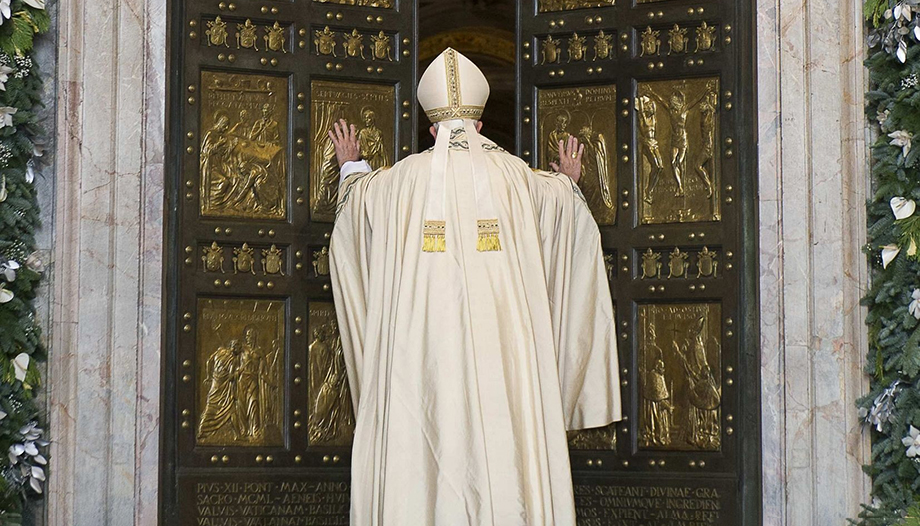It has been a few weeks since Francis opened the Holy Door of St. Peter's Basilica and one of the topics that appear most often in the press are the numbers about the (supposed) low turnout. It is important to talk about the real data, and not to create legends: 50,000 people participated in the ceremony of December 8. It was not a "massive" echo, as some years ago. The feeling in the media environment is that of a "flop", because the forecasts were not fulfilled.
A first question is: who made these forecasts, and how? After the surprise announcement of Pope Francis in March, speculation about the data began: "millions of pilgrims", Rome "invaded" by faithful from all over the world, the risk of an organizational disaster due to lack of time... In other words: the great expectation has been mainly due to speculation, perhaps without foundation. A second element is what happened on November 13 in Paris, and its consequences on the daily life around the Vatican and the other basilicas: the fear of terrorist attacks has been a reason not to travel to Rome. The multiplication of security controls is now a difficulty that slows down the normal course of a religious pilgrimage.
But the most important element is the massive diffusion that the Pope wanted to be the fundamental face of this Jubilee: Holy Doors have been opened in every diocese and shrine: it is not necessary to go to Rome to fully experience the Holy Year. This is why Francis wanted to limit the number of Roman "events". The final balance of the Jubilee will not be made from the numbers of those who have passed through the Door of St. Peter's Basilica. It will be made from the hidden numbers of those who have lived this Jubilee. Year of Mercy approaching the confessional. And these, thank God, are not media data; but they are well known in Heaven.








